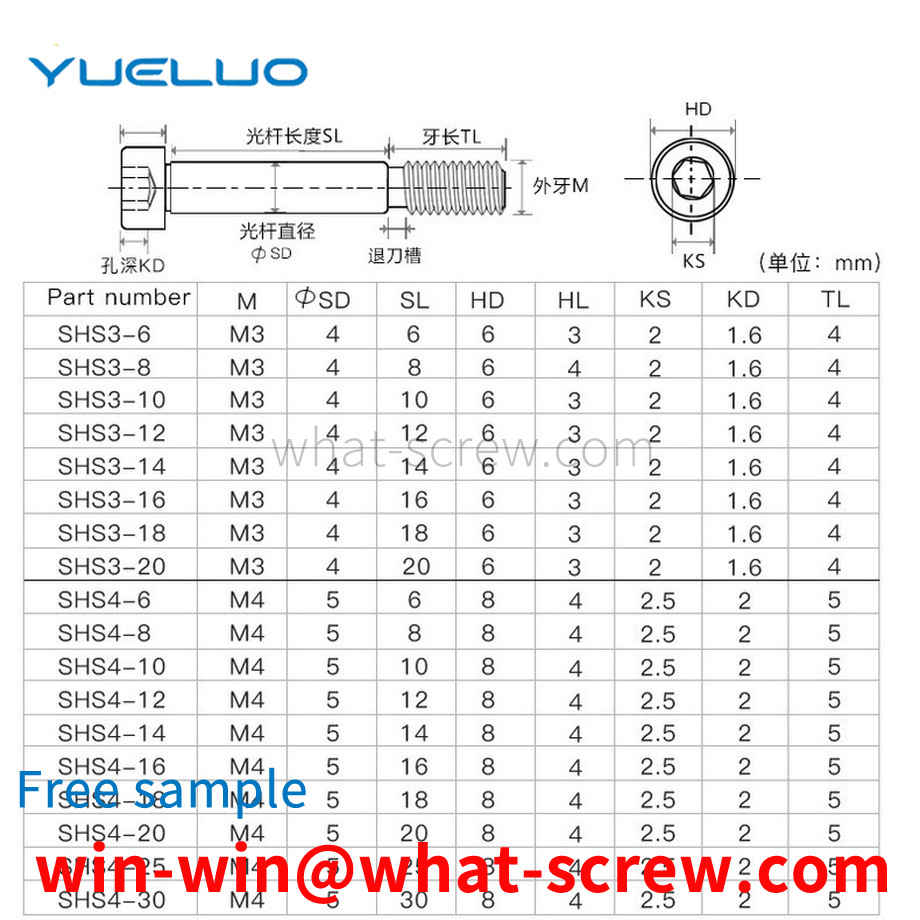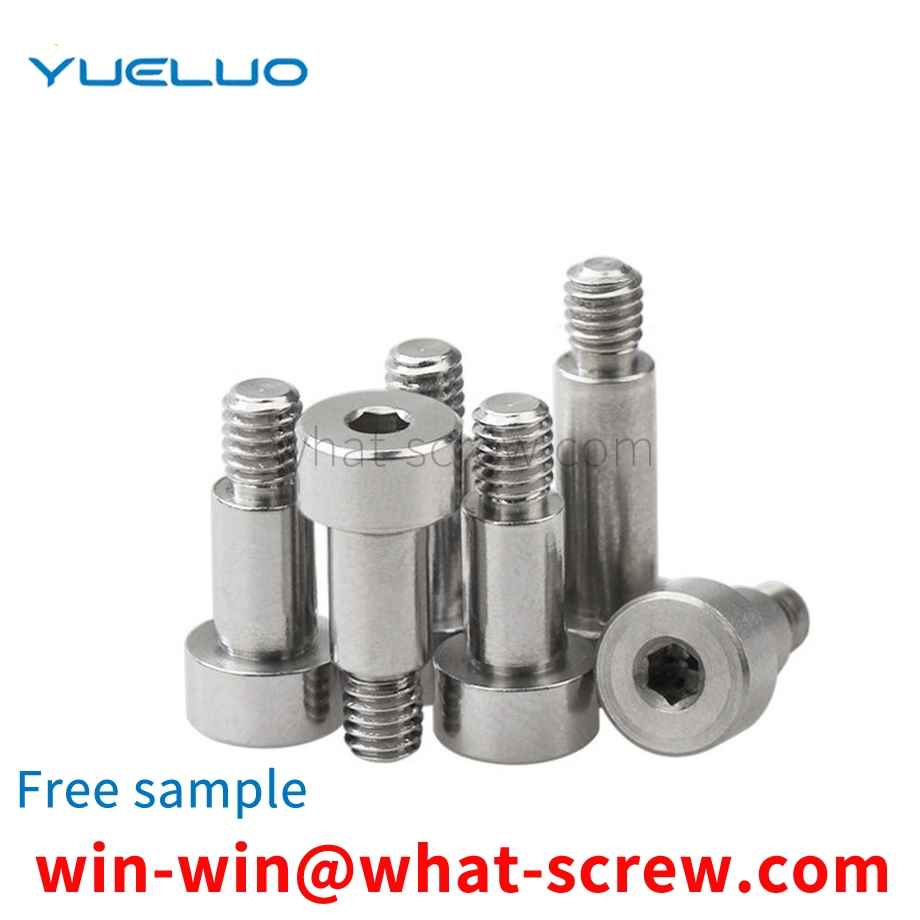Iron two combination screws can be sucked up with magnets, but stainless steel two combination screws are difficult to be sucked up. Environmentally friendly three-combination screws and non-environmentally friendly ones are invisible to the naked eye and require mechanical testing. It cannot be judged with the naked eye and out of thin air. The specifications of the two combination screws need to be determined by the national standard. The salt spray of the two combination screws needs to be measured with a salt spray machine for how many hours.
In the past production, gaskets were generally obtained from two channels: first, standard gaskets were mostly purchased from the market, and the cost was high; non-standard gaskets, due to the small demand, required separate tooling and molds, which were expensive and long production cycle. It is difficult to purchase; Second, the plate is purchased by the enterprise, and then the washer is formed by the automatic cutting machine. Because the cut nodules and cut marks produced by flame cutting do not meet the requirements for use, the inner and outer diameters need to be reserved 2 ~3mm machining allowance, and then finish the outer diameter and inner diameter by lathe.
Standards are norms, and each country and sector has its own standards. GB—Chinese National Standard (National Standard) ANSI—American National Standard (American Standard) DIN—German National Standard (German Standard) ASME—American Society of Mechanical Engineers Standard JIS—Japanese National Standard (Japanese Standard) BSW—British National Standard GB—National Standard The standard is one of the many standards in my country, and there are also industry standards, professional standards and department standards. National standards are divided into: GB (mandatory standards) and GB/T (recommended standards) and GBn (national internal standards) and so on. We usually see GB30, GB5783, etc. are mandatory standards. In addition to some basic dimensions such as head-to-side, head thickness, etc., the above standards are mainly different in the threaded part. The threads of GB, DIN, JIS, etc. are all in MM (millimeters), which are collectively referred to as metric threads. Another thread like ANSI, ASME, etc. is called American standard thread in inches. In addition to metric threads and American threads, there is also a BSW-imperial standard, whose threads are also in inches, commonly known as Wyeth threads. In the usual domestic sales business, the most common standards we encounter are GB (National Standard) and DIN (German Standard). In terms of production products, the following standards are mainly encountered: GB30; GB5783; GB5782; GB52; GB6170; GB818; GB819; GB845; GB846; GB70; DIN912; DIN933; DIN931 and so on. GB30 (old national standard) has been replaced by GB5783 (new national standard) in the standard book. GB52 (old national standard) has been replaced by GB6170 (new national standard) in the standard book.
The production of stud bolts requires fixed equipment and machine tool processing. Of course, the processing procedure is relatively simple. There are mainly the following procedures: first, the material needs to be pulled out. After this process, the next process can be carried out. The next process is to use a cutting machine to cut the straight and long material into the length required by the customer according to the customer's requirements. This completes the second process. The third process is Put the cut short material on the thread rolling machine and roll out the thread; the ordinary stud bolts are processed here, of course, if other requirements are required, other processes are required. [1] The commonly known bolt refers to the screw with a larger diameter. According to this statement, the diameter of the screw is much smaller than that of the bolt. Stud bolts do not have a head, and some are called studs. Both ends of the stud are threaded, with no thread in the middle and a smooth rod in the middle. Studs are used on large equipment such as gear racks. In actual use, the external load will have vibration and the influence of temperature will reduce the frictional force, and the threaded connection will loosen and fail over time. Therefore, it is necessary to do a good job in the maintenance of the stud bolts at ordinary times. Stud bolts or anchor bolts will have problems under the action of mechanical friction for a long time. When problems occur, the engine oil pan should be removed, and the use of the engine bearing bushes should be carefully checked, and the clearance between the bearing bushes should be checked. Whether it is too large, if the gap is too large, it should be replaced in time. When replacing the stud bolts, also replace the connecting rod bolts. When some large equipment such as nail making machines are in normal operation, if they find that the engine is not running very stable or there is abnormal noise, they should stop and check in time to avoid bigger problems. [1] In each maintenance, the newly replaced stud bolts and other accessories should be inspected. During the inspection, the focus should be on the head and guide part of the stud bolt. Whether there are cracks or dents in each part, and also check whether the tooth shape of the stud bolt has changed. Is there any abnormality in the thread pitch? If there is any abnormality, it must not be used again. A torque wrench should be used when installing the connecting rod cover. It must be tightened according to the specified standards, the torque should not be too large or too small, and attention should be paid to selecting the stud bolts and studs of the supporting manufacturer.
Friction type high-strength bolts: suitable for beam and column connections of steel frame structures, solid web beam connections, heavy-duty crane beam connections in industrial plants, braking systems and important structures bearing dynamic loads. Pressure-bearing high-strength bolts: Can be used for shear connections in statically loaded structures that allow a small amount of sliding or in members that are indirectly loaded with dynamic loads. Tensile high-strength bolts: When the bolts are in tension, the fatigue strength is low. Under the action of dynamic load, its bearing capacity is not easy to exceed 0.6P (P is the allowable axial force of the bolt). Therefore, it is only suitable for use under static load. Such as flange butt joints, T-joints, etc. of pressure members.
We have many years of experience in the production and sales of screws, nuts, flat washers, etc. The main products are: 201 stainless steel hexagon nuts, round screw butt joints, aluminum screws, DIN934 hexagon nuts and other products, we can provide you with suitable fastening products piece solution.



















 Service Hotline
Service Hotline




